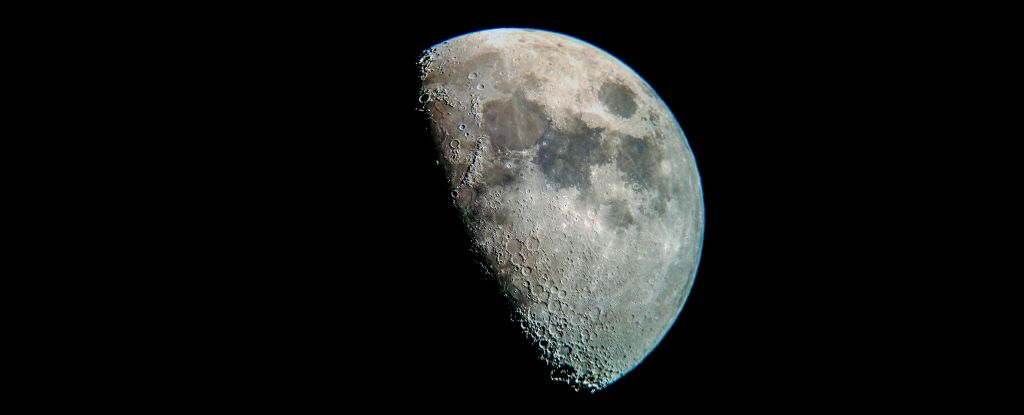After conducting an extensive investigation, scientists have confirmed that the Moon is not made of green cheese, as the myth goes. Seismic data has revealed that the inner core of the Moon is actually a solid ball with a density comparable to that of iron. This finding has settled the debate around whether the Moon’s inner core is molten or solid and will lead to a more accurate understanding of the Moon’s history and that of the Solar System. Astronomer Arthur Briaud led a team from the French National Centre for Scientific Research, which discovered that the Moon’s inner core is solid, and this new knowledge could help researchers gain insights into the timeline of lunar bombardment in the first billion years of the Solar System.
How the Investigation was Conducted
Seismic data is the most effective way to investigate the interior composition of objects in the Solar System. Scientists use the way acoustic waves generated by quakes move through and reflect from material inside a planet or moon to create a detailed map of its interior. The Apollo mission collected lunar seismic data, but its resolution was too low to accurately determine the inner core’s state. To finally determine the Moon’s inner core composition, Briaud and his team collected data from space missions and lunar laser ranging experiments to compile a profile of various lunar characteristics, including the degree of deformation by its gravitational interaction with Earth, the variation in its distance from Earth, and its density. They then conducted modeling with various core types to find which matched most closely with the observational data. They found that the models that most closely resembled what we know about the Moon describe active overturn deep inside the lunar mantle, which adds another point in the “for” tally of evidence. The team found that the lunar core is very similar to that of Earth – with an outer fluid layer and a solid inner core. According to their modeling, the outer core has a radius of about 362 kilometers (225 miles), and the inner core has a radius of about 258 kilometers (160 miles), which is about 15 percent of the entire radius of the Moon. The inner core also has a density of about 7,822 kilograms per cubic meter, which is very close to the density of iron.
This discovery has some interesting implications for the Moon’s evolution. We know the Moon had a powerful magnetic field not long after it formed, which started to decline about 3.2 billion years ago. Given that the magnetic field is generated by motion and convection in the core, the composition of the lunar core is deeply relevant to how and why the magnetic field disappeared.


Leave a Reply